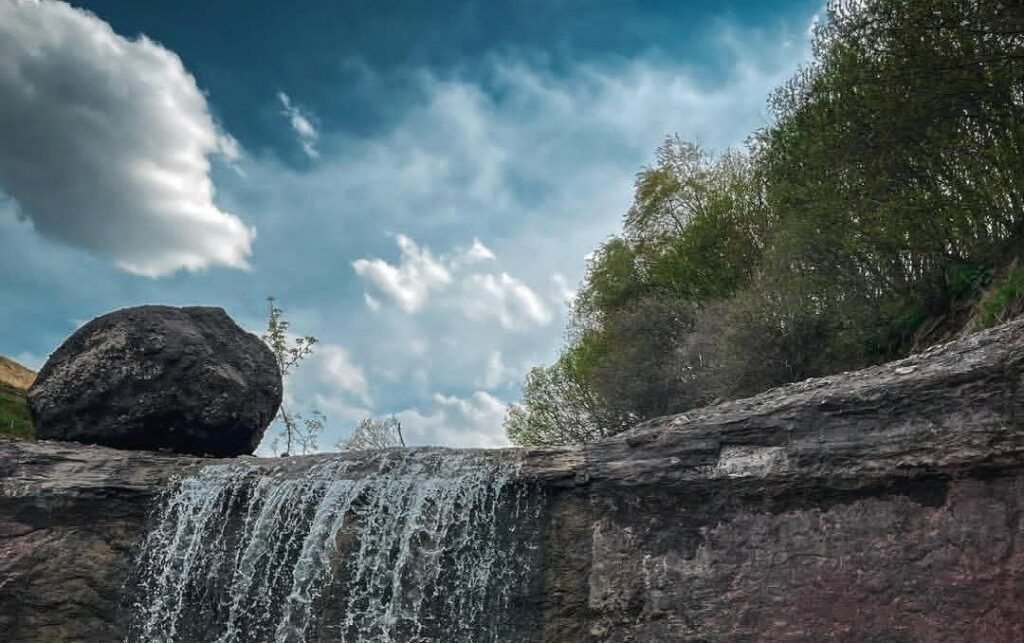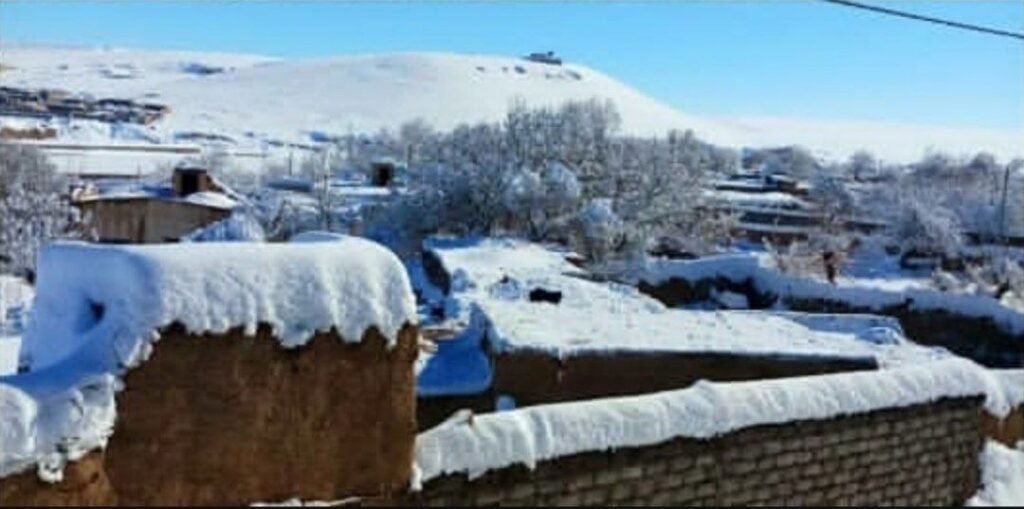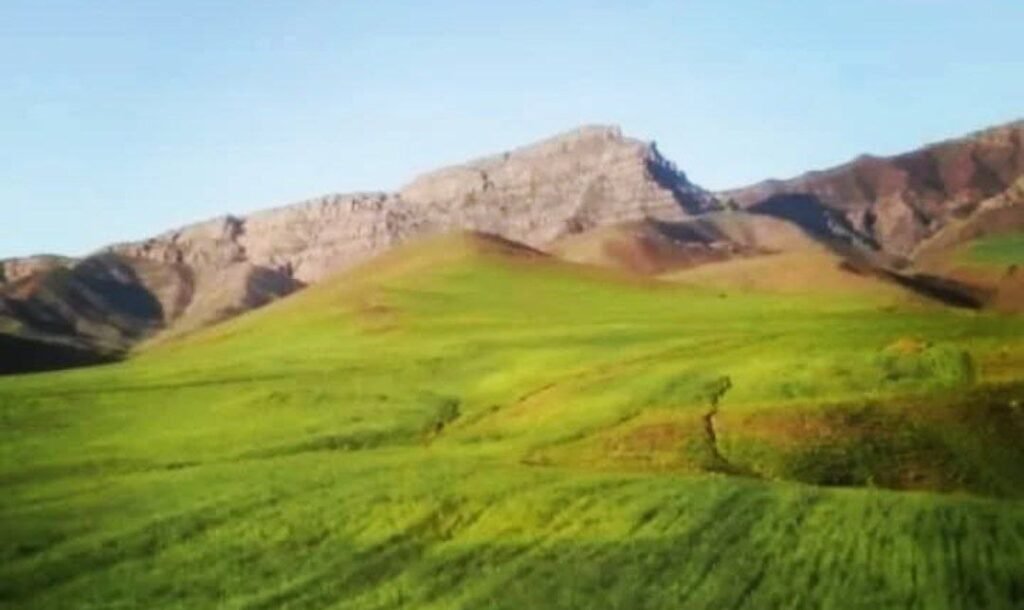Gulran District
Gulran is one of the northwestern districts of Herat Province, located in western Afghanistan. It shares its western border with Iran. To the east, it borders the districts of Kushk, Rabat Sangi, and Zinda Jan; to the south, it is bordered by Ghoryan; and to the north, by parts of Badghis Province. The distance between the district center and Herat city is approximately 130 kilometers.
Climate and Nature
Gulran has a semi-arid and mountainous climate. Summers are hot and dry, while winters are cold with minimal rainfall. Some areas have fertile soil suitable for agriculture. However, recurring droughts and climate change have created serious challenges for local farmers.
Demographics and Ethnic Groups
Estimates suggest that Gulran has a population of approximately 70,000 to 80,000 people. The district is home to various ethnic groups, including:
- Tajiks – mostly in central and eastern areas
- Pashtuns – in several villages and large rural areas
- Turkmens – mostly in border regions and the northwest
- Hazaras – scattered throughout the district
The coexistence of these groups has fostered rich cultural and social ties and strengthened local cooperation.
Language and Culture
The main languages spoken in Gulran are Dari, Pashto, and Turkmeni. The culture is deeply rooted in local traditions, Islamic values, and tribal customs. On religious and national occasions such as Eid, Ashura, Nowruz, and Independence Day, people celebrate with ceremonies, traditional clothing, music, and local cuisine, expressing their cultural identity.
Economy and Sources of Income
Gulran’s economy largely depends on agriculture and livestock farming:
- Agriculture: Cultivation of wheat, barley, mung beans, chickpeas, melons, watermelons, and vegetables
- Horticulture: In some villages, there are orchards of pomegranates, grapes, figs, and almonds
- Livestock: Rearing of cattle, sheep, and goats is common, especially in rural households
- Carpet Weaving: Turkmen and Tajik women produce high-quality traditional carpets
- Local Trade: Some residents work in village markets, selling agricultural and livestock products
Despite these resources, many people in Gulran face poverty, water shortages, and limited employment opportunities, leading to frequent migration.
Infrastructure and Services
1. Education
- Gulran has several primary, secondary, and high schools.
- Major challenges include:
- Lack of professional teachers
- Shortage of textbooks
- Inadequate school buildings
- Some girls are unable to attend school due to distance or cultural constraints.
2. Health Services
- Only a few health clinics exist in the district center and nearby villages.
- Key problems include:
- Lack of specialist doctors
- Insufficient medication
- Limited medical equipment
- Patients with serious conditions often need to travel to Herat city or Iran for treatment.
3. Roads and Transportation
- Most village roads are unpaved and in poor condition, becoming impassable during the rainy season.
- The lack of public transportation and poor road quality hinder trade and agricultural transport.
4. Security
- In past years, remote parts of the district have occasionally experienced the presence of illegal armed groups.
- However, relative security exists in the district center and most villages.
Development Potential and Opportunities
Despite its challenges, Gulran has strong potential for development:
- Extensive fertile agricultural lands
- Traditional carpet weaving and handicrafts
- A young and active population
- Border location ideal for cross-border trade with Iran
- Opportunities for expanding modern farming and horticulture


